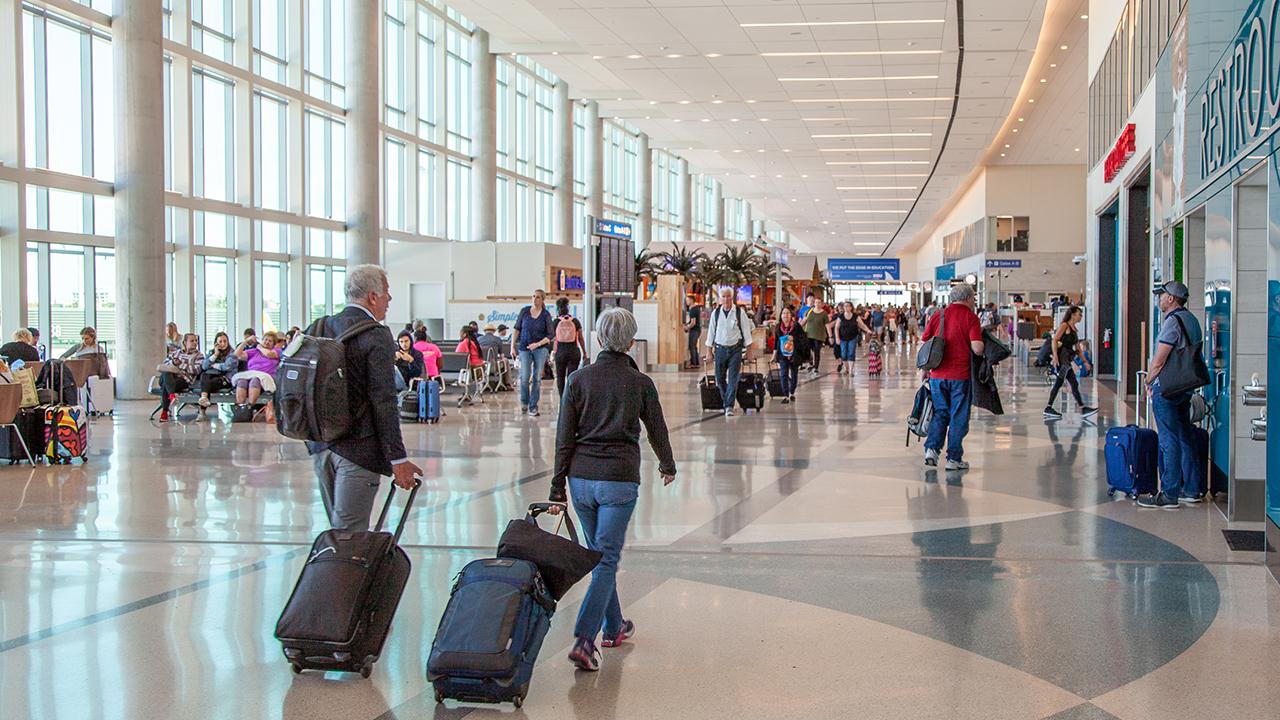What is the safest seat on a plane?
Seats with reportedly the highest fatality rate, roughly 44 percent, were on the aisle in the middle third of the plane’s cabin.
Flying can invoke fears in even the most experienced traveler, however, those nervous fliers may be able to find solace sitting in — yes — the dreaded middle seat.
Statistics show that middle seats, especially placed in the rear of the plane, historically have the highest survival rates, reports suggest.
Through an analysis of the Federal Aviation Administration’s CSRTG Aircraft Accident Database, TIME, which studied aircraft accidents during a 35-year span, discovered that middle seats in the rear of the aircraft were shown to have the best outcomes with a 28 percent fatality rate.
Comparatively, the seats with the highest fatality rate, roughly 44 percent, were on the aisle in the middle third of the plane’s cabin.
THESE AIRLINES ARE THE SAFEST IN THE WORLD
iStock
When dividing the plane into sections, the analysis found that the seats in the back third of the aircraft had a 32 percent fatality rate. The middle third of the plane had a 39 percent fatality rate, and the front third had a 38 percent fatality rate.
However, one’s survival rate is determined more so with circumstances of the crash itself than that of seat position, according to TIME.
To bolster this point, if a plane’s tail takes the brunt of a crash, those who sit in that section will fare worse than those sitting in the front of the plane, according to TIME.
GET FOX BUSINESS ON THE GO BY CLICKING HERE
However, there were numerous plane accidents in which the survivors and those who perished were scattered throughout the plane, which is why many experts say there is “no safest seat” per say, according to TIME.
Regardless, flying remains one of the safest methods of travel and is increasingly getting safer thanks to technological advances.
"A person would have to fly on average once a day every day for 22,000 years before they would die in a U.S. commercial airplane accident according to recent accident rates."
In a 2006 report, David Ropeik, an instructor in Risk Communication at the Harvard School of Public Health, discovered that the annual risk of someone dying in a plane crash is about one in 11 million.
Comparatively, the risk of someone dying in a car crash for the average American is about 1 in 5,000.

